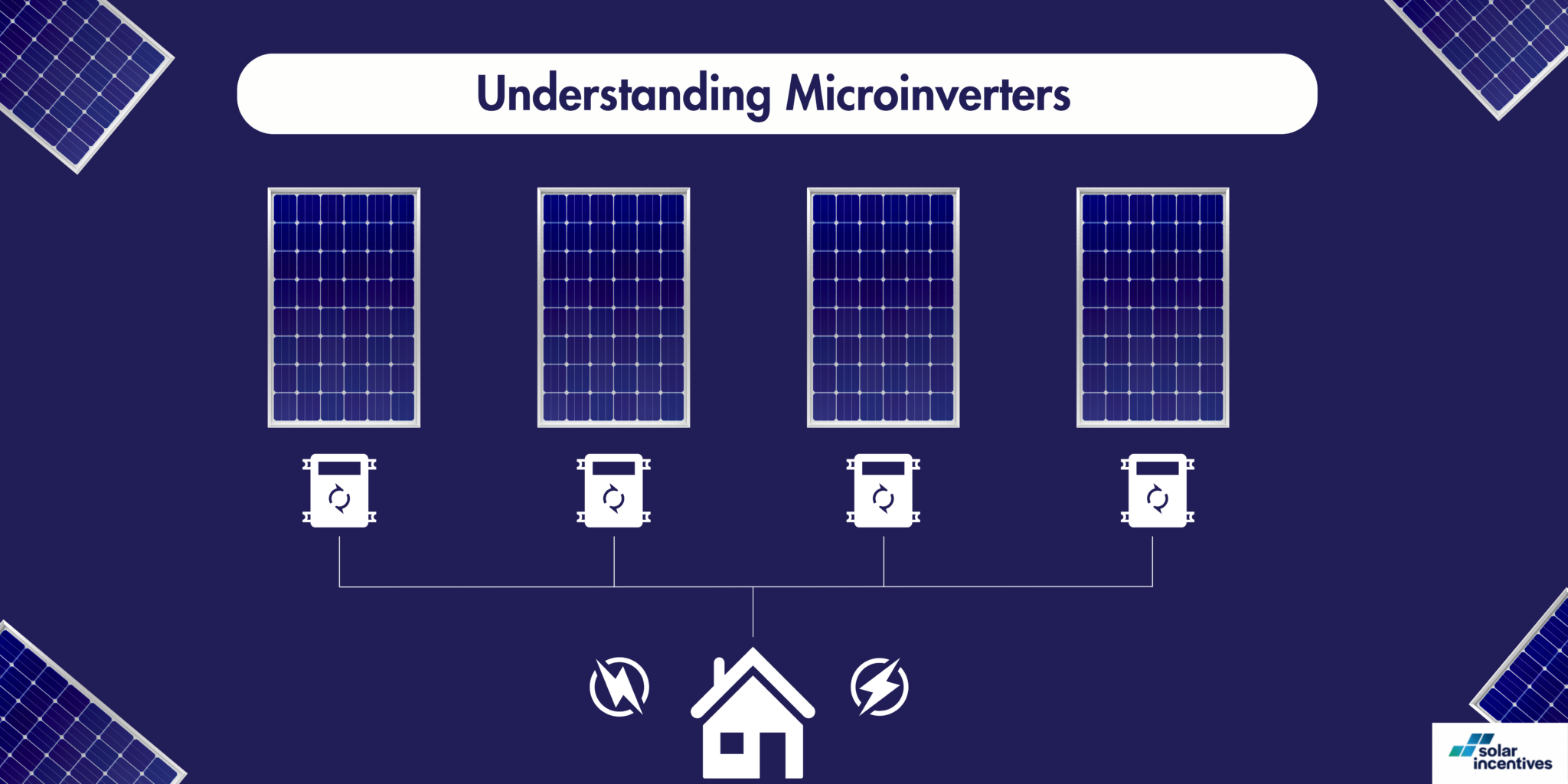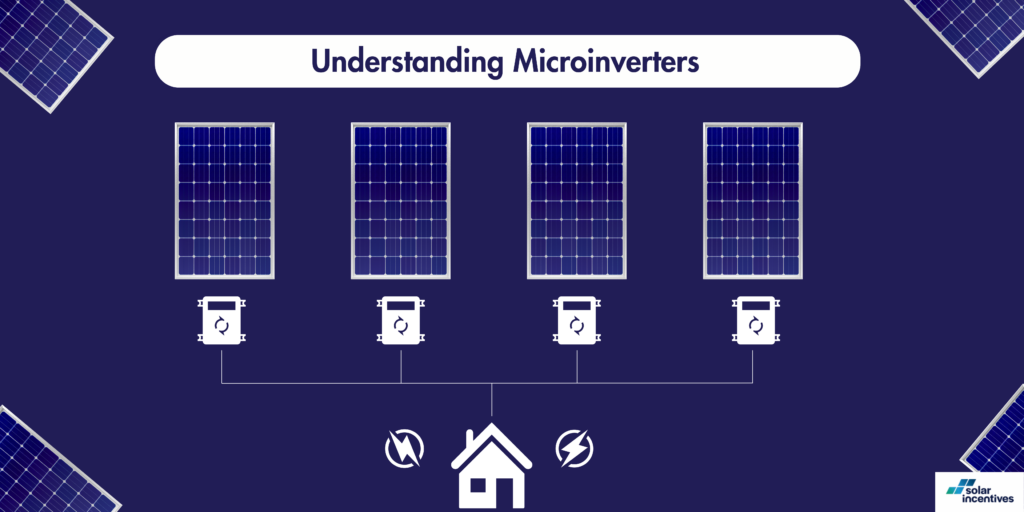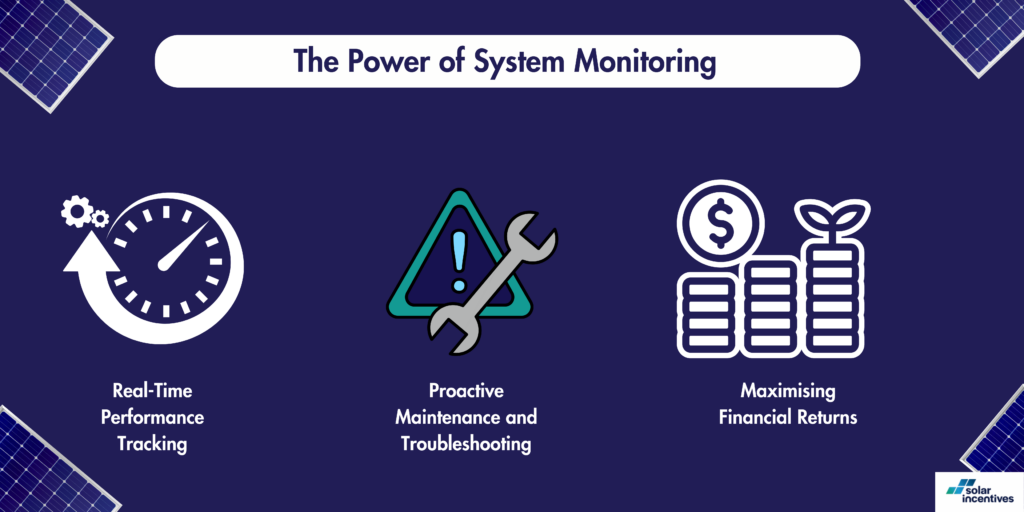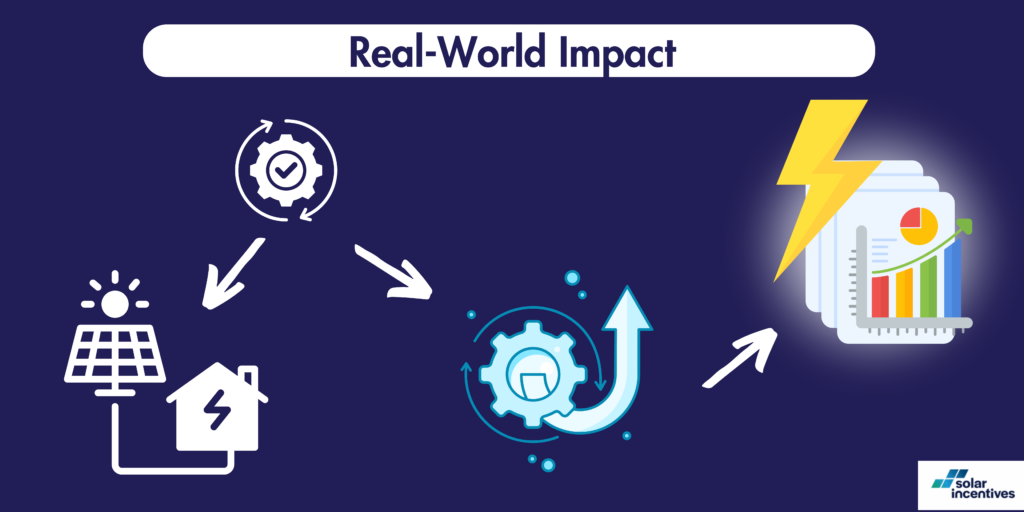Microinverters and System Monitoring

Steve Hill
Expert in Residential and Commercial Solar Solutions and Energy Efficiency
4 min read · 20th February 2024
In the dynamic world of solar energy, continuous innovation is not just a buzzword but a necessity.
Among the plethora of advancements, microinverters and system monitoring tools have emerged as game-changers. It’s significantly impacting the efficiency, safety, and manageability of solar systems.
Let’s explore these innovations in detail, shedding light on how they’re transforming the solar landscape.
Understanding Microinverters

Microinverters, small devices attached directly to each solar panel, play a critical role in converting the direct current (DC) generated by the panel into alternating current (AC), the form of electricity used by home appliances and the grid.
This conversion process happening right at each panel has several advantages over traditional systems that rely on a single, central inverter.

Individual Panel Optimization
Microinverters allow each panel to operate independently. This means that even if one panel is shaded or not performing well, the rest of your system remains unaffected.
This feature is particularly useful in urban environments where buildings, trees, and other structures can cast shadows on parts of your solar array at different times of the day.
Improved Safety
By converting DC to AC right at the panel, microinverters significantly reduce the risk of high-voltage DC electricity being transmitted across your rooftop. This not only makes your solar system safer but also reduces the likelihood of electrical fires.
Longer Lifespans
Microinverters are known for their durability. By operating independently, they can reduce the strain on the entire system, potentially leading to a longer overall lifespan for your solar investment.
Enhanced Monitoring Capabilities
With microinverters, it’s easier to monitor the performance of individual panels, making troubleshooting and maintenance more straightforward.
The Power of System Monitoring

System monitoring tools are essentially the nervous system of your solar array, providing real-time data and analytics on performance.
These tools can range from simple apps that show daily energy production to sophisticated platforms offering deep insights into energy consumption patterns, system health, and environmental impact.
Here’s why they’re indispensable:
Real-Time Performance Tracking
Instant access to your system’s performance allows for immediate adjustments and optimizations, ensuring your solar array operates at peak efficiency.
Proactive Maintenance and Troubleshooting
System monitoring can alert you to issues before they become significant problems, from a dirty panel reducing efficiency to more serious electrical faults.
Maximising Financial Returns
By understanding your system’s output and your home’s energy consumption, you can make informed decisions that maximise the financial benefits of going solar, such as adjusting energy usage patterns to use more of the solar energy you produce.
Real-World Impact

Consider a typical suburban home equipped with a solar system featuring microinverters and a comprehensive monitoring setup.
The homeowners can observe how individual panels perform differently throughout the day due to varying sun exposure. They notice that one panel consistently underperforms.
Upon inspection, they find it’s partly shaded by a newly grown tree branch. A simple trim solves the issue, showcasing how granular data leads to actionable insights, enhancing the system’s overall performance.
Moreover, the monitoring system provides detailed reports on energy production and consumption, encouraging the homeowners to shift energy-intensive activities to daylight hours, maximising their use of solar energy and reducing reliance on the grid.
Future Directions: Beyond Microinverters and Monitoring
While microinverters and system monitoring are pivotal today, the future of solar technology holds even more promise.
Innovations on the horizon include integrated battery storage systems, smart grid integration, and solar panel advancements that could further increase efficiency and reduce costs.
These future technologies will build on the foundation laid by current innovations, driving us towards a more sustainable and energy-independent future.
Conclusion
The integration of microinverters and system monitoring tools represents a significant leap forward in our quest for cleaner, more efficient, and safer energy solutions.
These technologies not only make solar power more accessible but also ensure that homeowners and businesses can get the most out of their solar investments.
As we continue to innovate and improve upon these foundational technologies, the potential for solar energy to power our world grows ever brighter.
Embracing these innovations today puts us on the path to a sustainable energy future, where renewable power sources like solar play a central role in meeting our energy needs.
With each technological advancement, we move one step closer to realising the full potential of solar energy, making it an increasingly attractive option for anyone looking to reduce their carbon footprint and embrace a greener, more sustainable lifestyle.
Article By
Steve Hill
Steve Hill has a rich background in the solar energy sector and is dedicated to empowering consumers with knowledge, particularly in residential and commercial solar solutions, solar batteries, and energy efficiency products.
Steve enjoys sharing his wealth of experience, offering practical advice, and learning about the latest trends and innovative solutions in the world of solar energy.

